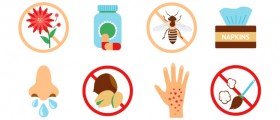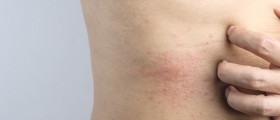Contact dermatitis results in an itchy rash that becomes red, and is due to a product that comes into contact with the skin.
Causes
There are literally thousands of known irritant and allergens that can affect the skin, and they can cause both irritant or allergic contact dermatitis.
Irritant contact dermatitis
This is the more common occurrence and is due to certain substances that damage the skin's outer protective layer. Some of these irritants include the following:
- Rubbing alcohol.
- Solvents.
- Certain cosmetics, deodorants and soaps.
- Bleach.
- Wool dust or sawdust.
- Plants used in alternative medicine such as Burdock.
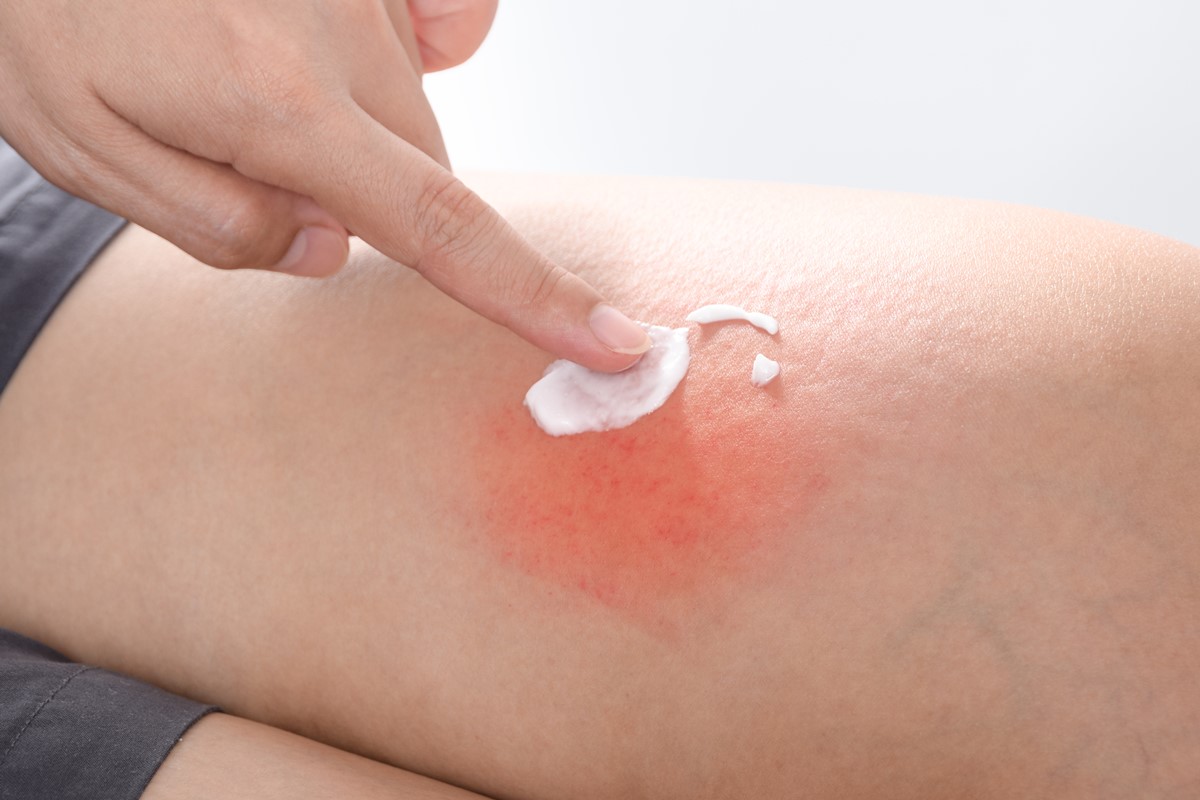
Allergic contact dermatitis
This occurs when a substance to which an individual is sensitive to, triggers an immune response on the skin. Only the area that came into contact with the substance is affected, but the reaction can also be triggered by a substance or product that enters body through medicines, foods or even certain medical procedures. Commonly known allergens may include the following:
- Medications such as antibiotics and, ironically, antihistamines.
- Nickel, that is used to make belt-buckles and certain jewelry.
- Balsam of Peru (used in cosmetics and perfumes).
- Certain personal care products such as body washes, deodorants, cosmetics and hair dyes.
- Formaldehyde which is in solvents and adhesives.
- Urushiol which is present in poison ivy and mangoes.
- Black henna or skin tattooing.
- Spray insecticides.
Occupational contact dermatitis
This refers to allergic reactions resulting from exposure to irritants or allergens found in the workplace, and include the following individuals:
- Health care and pharmaceutical workers.
- Construction workers.
- Metalworkers.
- Cleaners.
- Gardeners and agricultural workers.
- Cosmetologists and hairdressers.
- Chefs, waiters and others who work with foods..
- Swimmers or scuba divers, due to the rubber goggles or face masks.
Symptoms
Symptoms and signs of contact dermatitis include:
- Itching of the affected area.
- Red bumps or a rash.
- Scaly, cracked and dry skin if the condition is chronic.
- Tenderness, burning or swelling.
- Formation of crusts, blisters or draining fluid if the reaction is severe.
Patients are advised to consult with their doctors if:
- The rash is widespread, severe or painful.
- The rash is so uncomfortable that it causes problems with sleep or causes a decrease in quality of life.
- The rash doesn't start improving within a few weeks.
- There's embarrassment regarding the way the skin looks.
- The rash affects the genitals or the face.
Home therapies
The following suggestions are made to help reduce the symptoms caused by these irritants and allergens. If these don't work then the patient needs to consult with their doctor.
- Don't let the irritant touch the skin.
- Use Calamine lotion or an anti-itch cream or ointment, such as 1% Hydrocortisone, to the affected area.
- Use an over-the-counter antihistamine, such as Diphenhydramine.
- Try avoid scratching.
- Apply cool, wet compresses to the affected area.
- Wear smooth-textured cotton clothing.
- Soak in a cool bath with baking soda in it.
- Use mild soaps without perfumes or dyes.
- Protect the hands with gloves and use moisturizers.



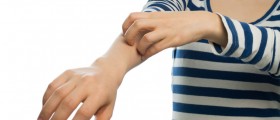


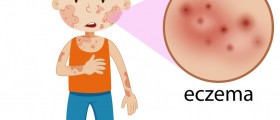



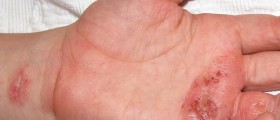
-Causes,-Symptoms-And-Diagnosis_f_280x120.jpg)

